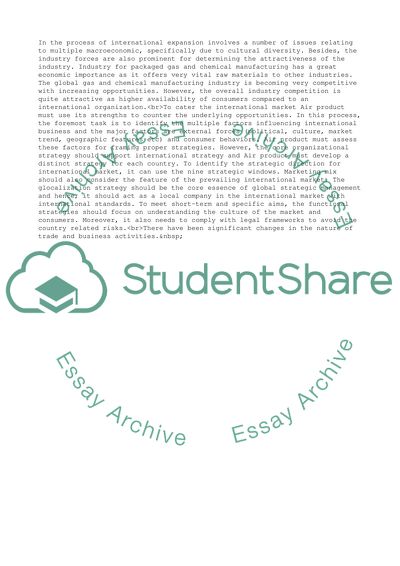Cite this document
(Global Strategic Management Research Paper Example | Topics and Well Written Essays - 4000 words - 1, n.d.)
Global Strategic Management Research Paper Example | Topics and Well Written Essays - 4000 words - 1. Retrieved from https://studentshare.org/management/1749791-global-strategic-management
Global Strategic Management Research Paper Example | Topics and Well Written Essays - 4000 words - 1. Retrieved from https://studentshare.org/management/1749791-global-strategic-management
(Global Strategic Management Research Paper Example | Topics and Well Written Essays - 4000 Words - 1)
Global Strategic Management Research Paper Example | Topics and Well Written Essays - 4000 Words - 1. https://studentshare.org/management/1749791-global-strategic-management.
Global Strategic Management Research Paper Example | Topics and Well Written Essays - 4000 Words - 1. https://studentshare.org/management/1749791-global-strategic-management.
“Global Strategic Management Research Paper Example | Topics and Well Written Essays - 4000 Words - 1”, n.d. https://studentshare.org/management/1749791-global-strategic-management.


